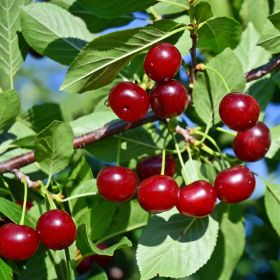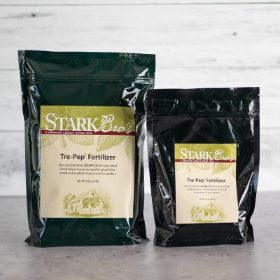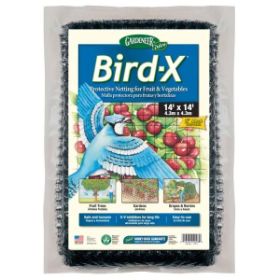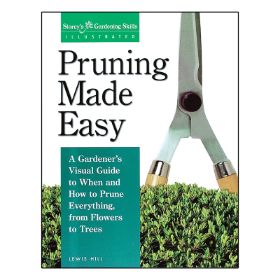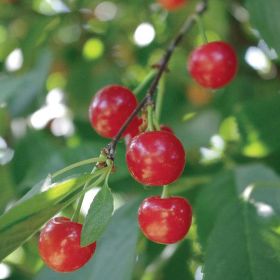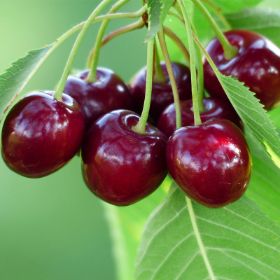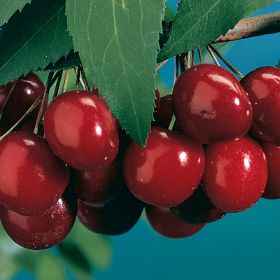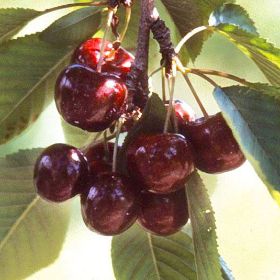Hansen's Bush Cherry Tree
Description
Attractive and edible! Enjoy the best of both worlds: Dainty white blossoms in the spring with silvery-green leaves that turn red in the fall for ornamental appeal and tasty cherries in the summer for an edible bonus. Tolerates a wide range of planting sites, including sandy hills, rocky slopes and lake shores. Bears young. Fruit is most enjoyable when allowed to ripen to a deep purple-black color on the bush. Introduced in the early 1900s. Cold-hardy. Ripens in July. Partially self-pollinating, but plant two or more for larger crops. Not able to pollinate our other cherry varieties. (Prunus besseyi)
Characteristics
| Bloom Color | White |
| Fruit Color | Purple |
| Fruit Size | Small |
| Hardiness Zone Range | 3 - 8 |
| Pollination | Self-Pollinating |
| Ripens/Harvest | July |
| Shade/Sun | Full Sun |
| Soil Composition | Loamy |
| Soil Moisture | Well Drained |
| Soil pH Level | 6.0 - 7.0 |
| Taste | Tangy, Tart |
| Texture | Crisp, Firm |
| Years to Bear | 2 - 3 |
Zone Compatibility
This Variety's Zone Range
3 - 8
My Hardiness Zone
?
The USDA hardiness zones offer a guide to varieties that will grow well in certain climates. Each zone corresponds to the minimum winter temperatures experienced in a given area. Make sure that your hardiness zone lies within the zone compatibility range of this variety before ordering.
Pollination
This variety is self pollinating.
In many cases, you may still want to plant pollinating partners to increase the size of your crops, but with self-pollinating varieties doing so is optional. Plant one of these varieties within 100' for best results.
Tools & Supplies
Having the proper tools and supplies when growing your own can make the difference between a good harvest and a great harvest! Here's a list that our experts recommend for this variety.
Planting & Care
Learn all about how to grow cherry trees in The Growing Guide. An entire section of our website dedicated to your growing success.





